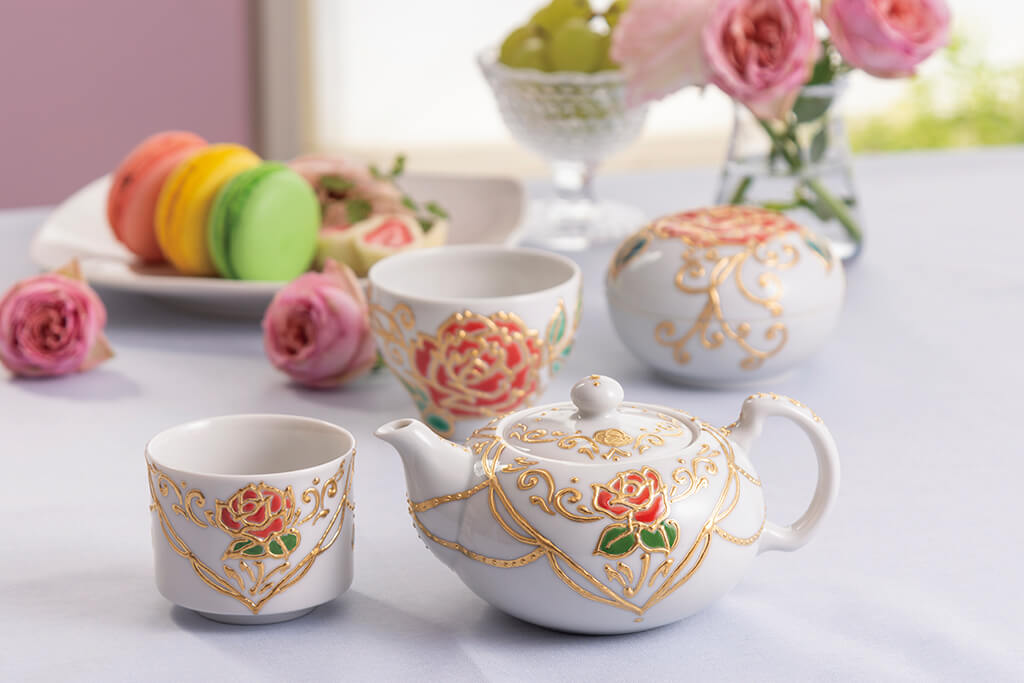Characteristics:
Powdered tea made by steaming tea leaves, drying them, and finely grinding them with a stone mill.
Used in the tea ceremony, Japanese sweets, and matcha lattes.
Taste:
Matcha is characterized by rich umami and moderate bitterness. High-quality matcha can also have a sweet taste.
Color:
It has a vivid green color and a rich hue.
Aroma:
You can enjoy its unique green aroma.
Brewing method:
Place an appropriate amount of matcha (usually about 2 grams) in a tea bowl, add 70-80 ml of hot water (about 80°C), and whisk with a tea whisk.
Container: Container: Matcha bowl
Utensils:
Matcha bowl
Utensil characteristics:
A large, deep bowl. A shape suitable for making matcha.
Example:
A ceramic or porcelain matcha bowl. The design often changes with the seasons.
It is customary to drink matcha from a special matcha bowl. In the tea ceremony, tea bowls are used according to the season and occasion.
The tea ceremony is a ritual for enjoying matcha, and spiritual training and hospitality are important. The tea ceremony has detailed etiquette, and attention is paid to the arrangement of the tea room and the tools.
Matcha is a traditional Japanese green tea characterized by its rich flavor and vibrant color. Historically, it has been at the center of the tea ceremony, and spiritual training and hospitality are important. Special processes are required to produce Matcha, and its unique cultivation method and manufacturing process create a quality that sets it apart from other green teas. Matcha is not only used in the tea ceremony, but also as an ingredient in sweets and dishes in modern times.































